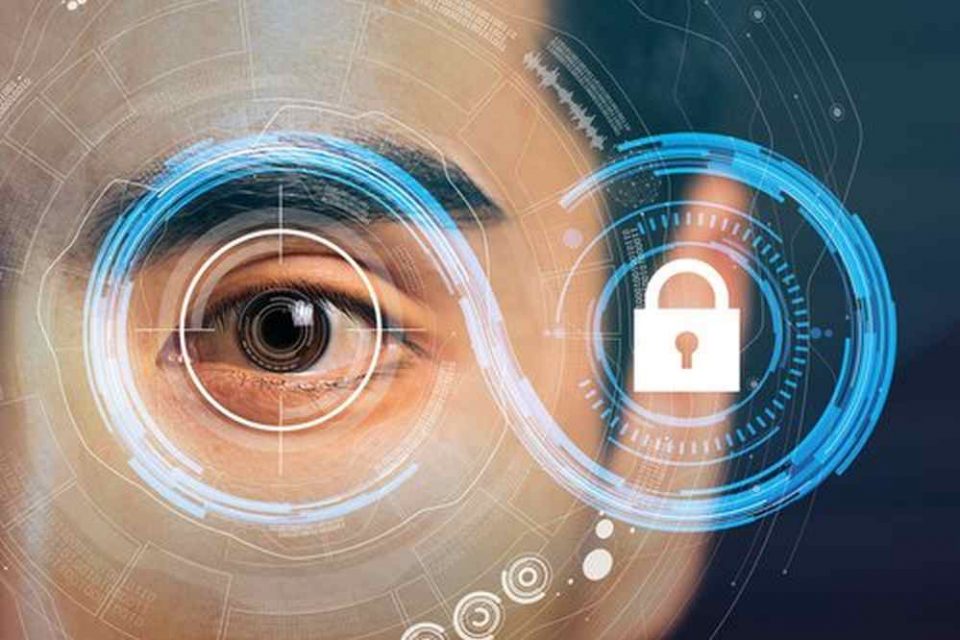Securing Identity in a Digital Age: Why Advanced Verification Matters for the U.S.

Identity is the cornerstone of trust in modern society. From international travel and banking to healthcare and government services, our ability to verify a person’s identity has implications that extend far beyond convenience.
Yet identity fraud remains one of the most persistent threats facing governments, industries, and individuals alike. In the United States, where identity theft costs consumers more than $12.5 billion in 20241, the urgency to strengthen identity verification systems cannot be overstated.
Around the world, governments are rethinking how to make identity documents more secure at their most vulnerable point: the portrait photo. As fraudsters increasingly exploit freely available morphing and editing software, passport and identification credential photos have become a prime target for manipulation.
This reality has prompted ongoing enhancements in identity security: embedding lifelike, tamper-resistant color images into polycarbonate data pages to make visual verification faster, more reliable, and harder to counterfeit.
The Growing Threat of Identity Fraud
Identity fraud has evolved from crude forgeries to sophisticated attacks using digital tools. Criminals now exploit high-resolution printers, advanced photo-editing software, and AI-driven face-morphing programs to manipulate ID photos or blend genuine and fraudulent details into a single document.
Polycarbonate passport data pages and identification credentials, favored for their strength and tamper resistance, have become the global standard for secure travel documents. However, they also created an unexpected challenge for issuers, in which for many years, these plastic pages and cards could only support grayscale, laser-engraved portraits. The risks extend across multiple industries. In aviation and border control, forged passports undermine global security. In financial services, counterfeit IDs enable money laundering and synthetic identity fraud. Healthcare systems and government programs are also exposed when manipulated documents are used to file fraudulent claims or obtain benefits. In countries like the United States, the driver’s license remains the de facto identity credential, making the strengthening of photo-based verification an urgent priority.
Why Traditional Security Features Aren’t Enough
For decades, governments have layered security features into passports and identification credentials – holograms, watermarks, microtext, and encrypted chips containing biometric data. These measures remain vital, but they are only as strong as the weakest element of the document. If the portrait photo itself lacks modern protections, the document remains vulnerable.
Early attempts to restore color personalization on polycarbonate pages proved difficult. Printing directly on the material was expensive, often failed to meet durability standards, or compromised the image’s security. Over time, methods have been developed that combine the precision of laser engraving with color printing. By fusing both grayscale and color image layers into the same polycarbonate structure, issuers can achieve lifelike, high-resolution portraits that are virtually inseparable from the document itself. This dual-layer approach not only enhances visual clarity but also creates a built-in means of verification: authenticity can often be confirmed simply by tilting the document, feeling its texture, or viewing it under infrared light.
These developments enhance the effectiveness of identity documents. Rather than relying solely on visible security markers, modern documents make the photo itself an active security feature, one that is exceedingly difficult to forge or replace.
Lessons from Abroad: Raising the Bar
Some nations have already moved to close this gap by deploying secure color imaging technologies in their identity documents. For example, Costa Rica’s biometric passport, introduced in 2022, integrates high-definition color portraits within polycarbonate pages as part of a modernization effort that includes more than 60 other visible and invisible safeguards.
Additionally, Bangladesh, and several European countries have also issued millions of these next-generation polycarbonate credentials with color photos, which allow for quick visual verification while protecting against photo manipulation.
These examples highlight a growing international consensus that modern identification requires both digital and physical resilience. As the use of polycarbonate passports and identification credentials continues to expand, technologies that produce realistic color portraits provide an alternative to black and white portraits. They improve security, enhance inclusivity, and simplify the work of verification officers at airports and border crossings who must make split-second determinations about authenticity.
What This Means for the U.S.
The United States has long been a leader in passport and ID issuance and issues a large number of documents each year that support travel, financial services, healthcare, and other sectors. . With ongoing advancements in identity management and verification, there is increasing focus on exploring enhanced methods for ensuring the security and reliability of identity documents
Color-accurate, tamper-resistant images are now widely recognized as a key element in maintaining the security of identity documents. As identity fraud tactics continue to advance, these approaches can help address challenges such as morphing attacks – where two facial images are combined to deceive visual inspection or automated verification systems. Modern image structures that merge engraved and printed elements create a unified, durable photo that can help reduce the risk of manipulation.
The scale of the U.S. identity system highlights the importance of these approaches. With hundreds of millions of driver licenses and state IDs in circulation, small improvements in verification technology can provide benefits across multiple sectors. Banks, healthcare providers, and government agencies all rely on the integrity of these credentials, supporting secure and efficient operations across systems.
The Path Forward
Adopting advanced verification methods in the U.S. will require coordinated action. Policymakers, issuing authorities, and industry leaders must align on updating standards for identity documents, ensuring that they incorporate modern protections against forgery and manipulation. Equally important will be educating frontline workers, such as TSA agents, financial clerks, and healthcare administrators on how to recognize and validate these features. Finally, interoperability across industries and states must be prioritized so that fraudsters cannot exploit gaps between systems.
Identity fraud is no longer limited to stolen numbers or printed forgeries. It extends into the realm of digital photo manipulation and AI-driven deception. As both black-and-white and full-color laser photo technologies and the convergence of these personalization methods – see increasing global adoption, the U.S. is well positioned to capitalize on these advancements. By embracing the combined strengths of black-and-white and color image personalization, the nation can enhance the security, integrity, and reliability of its identity systems while further deterring counterfeiting and document fraud.

About the Author: Steve Yonkers is a Director of Business Development for Veridos America, Inc., a joint venture between Giesecke+Devrient and Bundesdruckerei. The company supplies governments and authorities with tailor-made, complete solutions for secure identification. For more information, please visit www.veridos.com.
2: https://travel.state.gov/content/travel/en/about-us/reports-and-statistics.html




